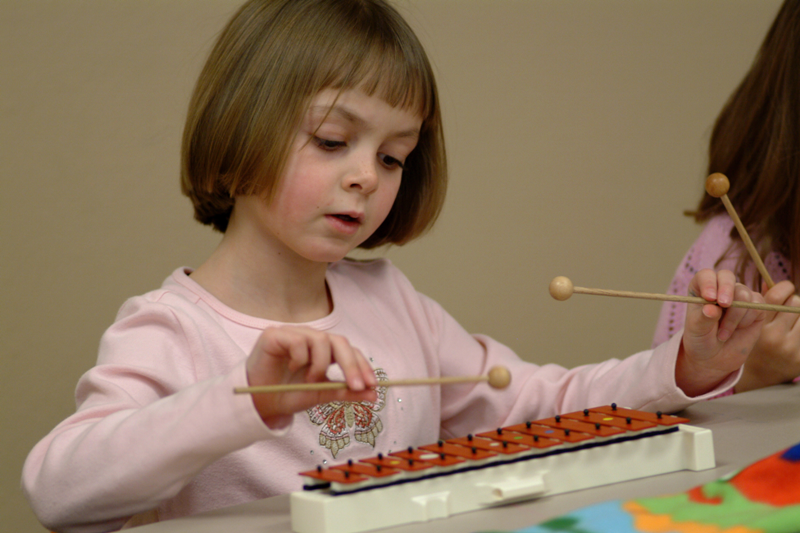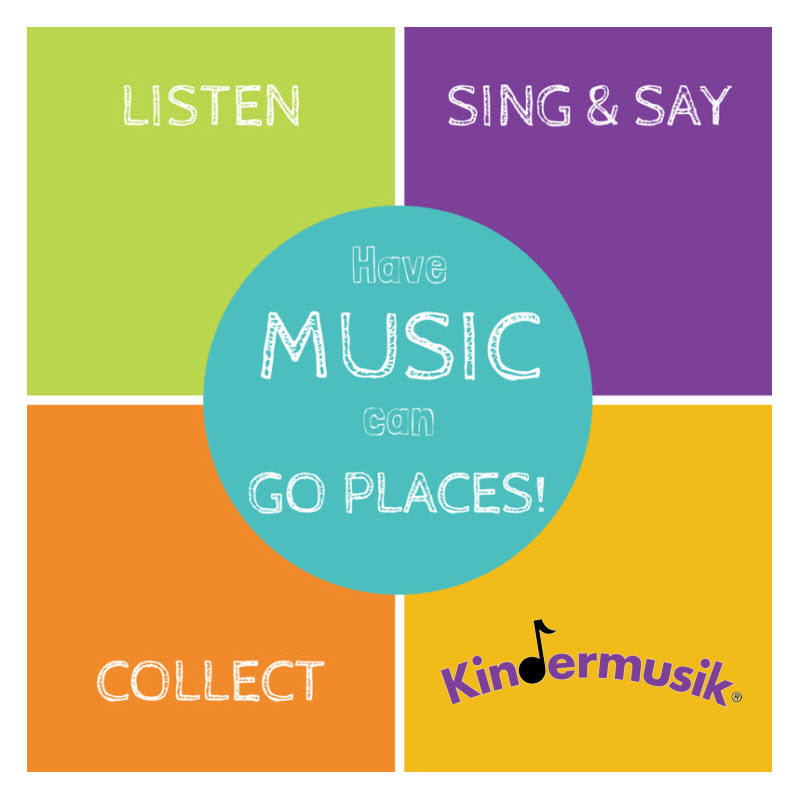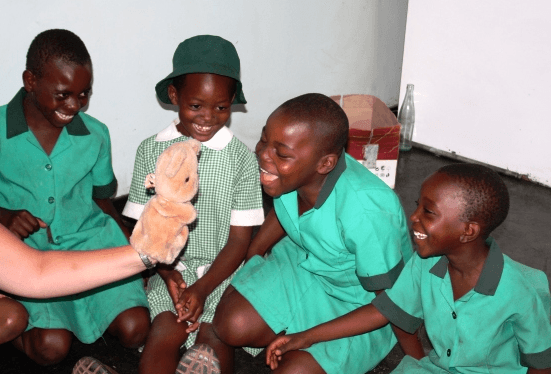Music. It’s all around you! You hear it in obvious places like the radio and TV, but music is also happening in nature and on the streets. It’s found in the rhythmic drive of jack hammers (albeit a bit annoying) and in the songs of birds. I’m going to give you the answer to the question I’ve posed in the title of this post: YES, IT’S AN INSTRUMENT! Anything and everything can become an instrument if you stretch the imagination. Let’s explore the possibilities…
Let’s Start with Percussion
This is the easiest place to start. Just about anything can become a drum – a bucket, a pot, a tennis ball can. If you collect a bunch of differently sized items, you can create a drum set! The folks over at Wikihow bring us three different methods of turning a coffee can into a drum.
But don’t stop there! How about creating some shakers, made from various household items. The folks over at Howcast show us how.
What About Pitched Instruments?
Homemade percussion instruments are pretty easy – you can bang on just about anything. But what about something that can make different tones or pitches? The crafting geniuses over at Mess for Less designed a homemade harmonica out of craft sticks and rubber bands! It’s a nifty little project that can be made rather quickly, providing lots of musical fun! This site has countless other ideas for activities and crafts – definitely worth bookmarking.
Strummies!
Okay – I’ll admit it…the name made me smile. Strummies are homemade “string” instruments that are super easy to make and very versatile in the sounds they can produce. What do you need? Teach Preschool provides instructions. Have fun! Decorate your instrument – make them personal. What do you need?
- Empty boxes of various sizes
- An assortment of rubber bands
- A musical imagination

Box Guitar
Making homemade string instruments is lots of fun. Don’t limit yourself to boxes as your sound chamber. Try empty tubs of margarine or those plastic containers that pre-sliced deli meats come in. Each will provide a slightly different sound quality. If you want to get really crazy, you can even make a homemade guitar out of a shoe box. Once again, Wikihow gives us detailed instructions.

The Landfill Harmonic
Speaking of instruments created from repurposed items, if you haven’t heard of the Landfill Harmonic – or the Recycled Orchestra of Cateura, you need to! In this Paraguayan where the primary money making activity is separating recyclable materials from trash, Favio Chavez has created something magical. This is an entire youth orchestra making music on instruments created from refuse. The groups story is told in the documentary film, The Landfill Harmonic. Take a look at the trailer here.
The Sky’s the Limit
Pretty amazing, huh? So look around your house…what might make an interesting sound? Have an old tennis racquet? Cut out those strings and add some rubber bands! Some extra PVC pipe taking up space? Cut some different lengths, paint them some flashy colors, and viola! – you have a pipe xylophone! There really is no limit to what you can use to make music. Remember, it’s all around us! So carve out some time to try one of these little projects with your young one. The journey is just as fun as the destination.





 Want to take your children around the world? It’s easy with music! No passport required. No suitcases to pack. Just three simple things you can enjoy almost any time, any where, and you’re off of a grand, musical travel adventure!
Want to take your children around the world? It’s easy with music! No passport required. No suitcases to pack. Just three simple things you can enjoy almost any time, any where, and you’re off of a grand, musical travel adventure!



